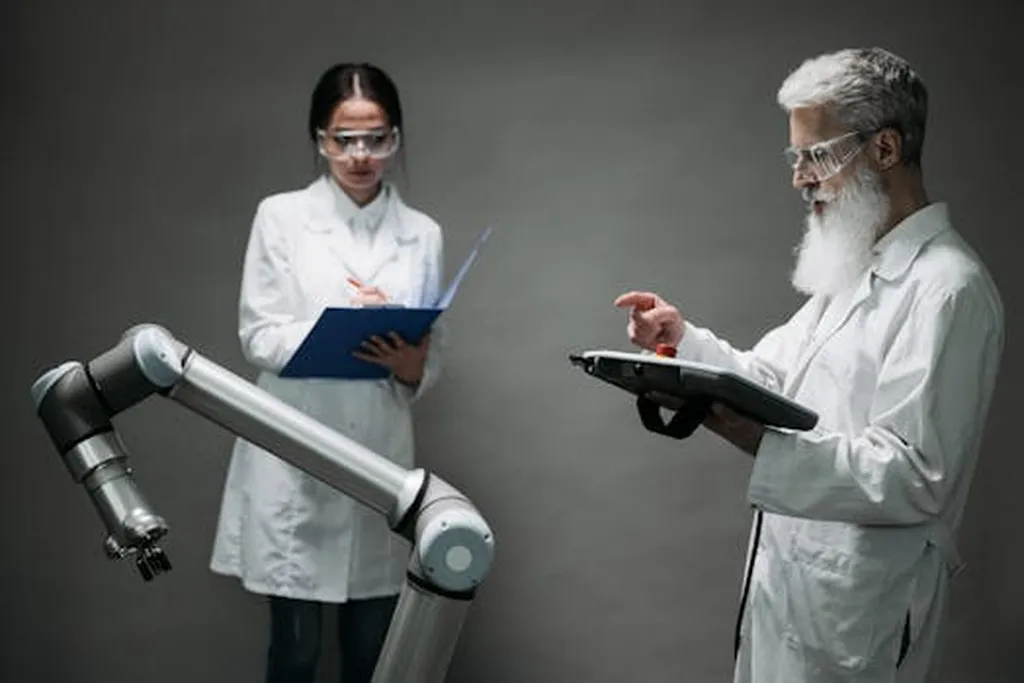In the lush, sprawling durian orchards of Southeast Asia, a silent battle rages against pests and diseases that threaten the region’s prized tropical crop. Traditional methods of detection, reliant on manual inspection, are labor-intensive, inaccurate, and struggle to scale. Enter Ruipeng Tang, a researcher from the School of Biological Sciences at the University of Bristol, who is revolutionizing pest and disease management with a cutting-edge deep learning model called EN-YOLO.
Tang’s innovative approach, detailed in a recent study published in the journal ‘Plants’ (which translates to ‘Plants’ in English), combines the power of EfficientNet and YOLO (You Only Look Once) to create a model that’s not just efficient but also highly accurate. “EN-YOLO is designed to remove redundant feature layers and introduce a large-span residual edge, preserving key spatial information that’s crucial for detecting small objects like pests and diseases,” Tang explains.
But what truly sets EN-YOLO apart is its multimodal input strategy. By integrating RGB, near-infrared, and thermal imaging, the model becomes robust under variable lighting conditions and occlusion. This means it can function effectively in the diverse and often challenging environments of durian orchards. “We’ve seen a significant improvement in detection accuracy and generalization with this approach,” Tang notes.
The results speak for themselves. EN-YOLO outperforms other state-of-the-art models like YOLOv8, YOLOv5-EB, and Fieldsentinel-YOLO, achieving a remarkable 95.3% counting accuracy. Its superior performance in ablation and cross-scene tests underscores its potential for real-world applications.
The implications for the agriculture industry are profound. With EN-YOLO, farmers can deploy drones for real-time, automated pest and disease detection, enabling timely interventions that can save crops and boost yields. The model’s integration with an expert knowledge base also provides intelligent decision support, making it an invaluable tool for smart agriculture.
Looking ahead, Tang’s research could pave the way for similar advancements in other crops and regions. The model’s ability to handle small object detection and its robustness under varying conditions make it a versatile solution for a range of agricultural challenges. As the world grapples with the need for sustainable and efficient food production, innovations like EN-YOLO offer a glimpse into the future of smart, data-driven farming.
In the words of Tang, “This work provides an efficient, interpretable, and scalable solution for automated pest and disease management in smart agriculture.” And with that, the battle against durian pests and diseases has a powerful new ally.

